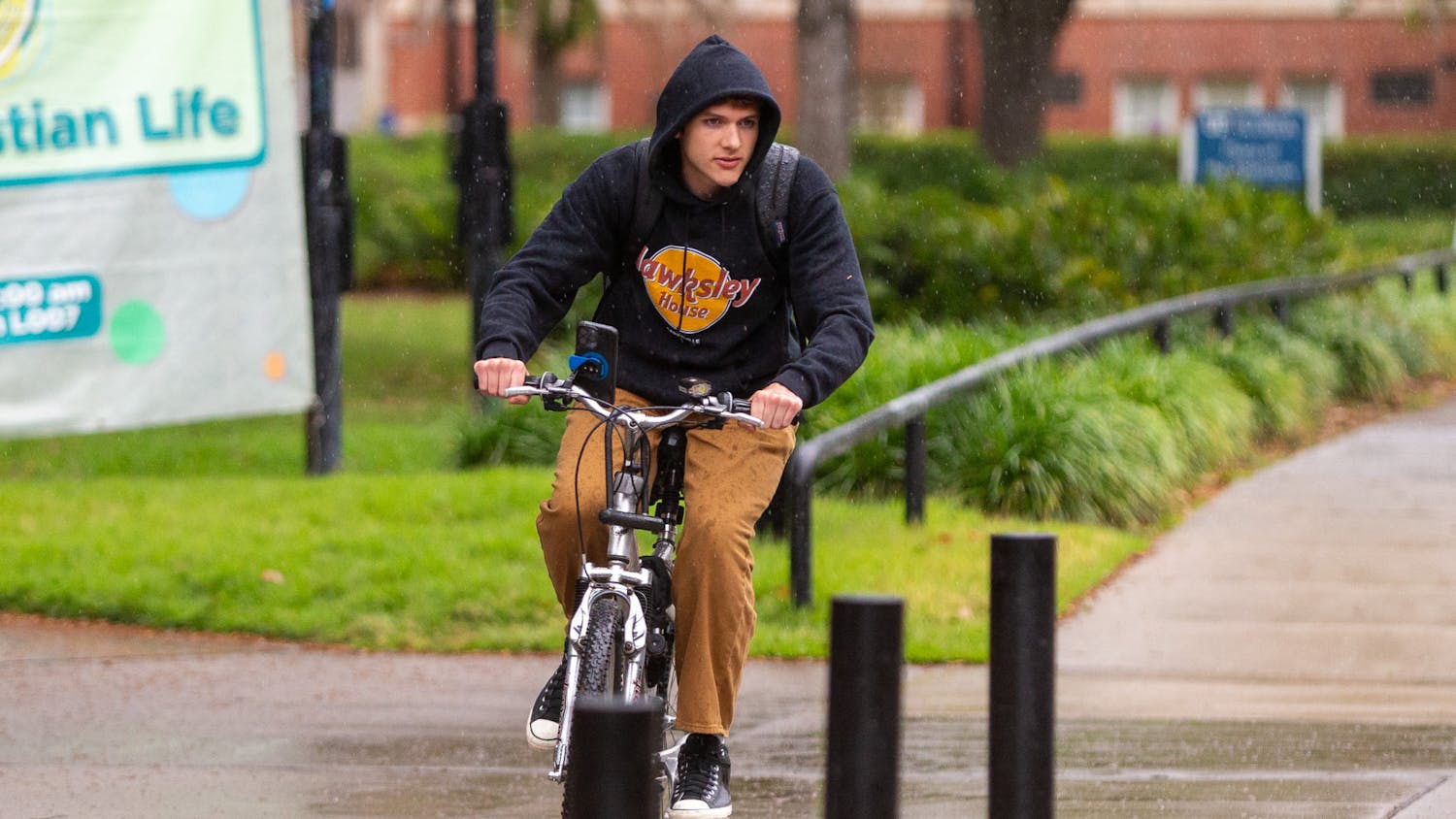The nature-rich Everglades will soon be richer in resources as well — cash resources, that is.
Gov. Rick Scott recently signed HB7065 into law, which will dedicate $880 million to improve the area’s water quality and flow.
It’s the largest ecological restoration project in the world, said Peter Frederick, a UF Department of Wildlife Ecology and Conservation professor.
Restoring the Everglades will be a major source of pride and fame because the plan will create money flow and increase tourism, he said. The South Florida economy, fish and wildlife and ecosystem function will be affected.
“I suspect that will make South Florida kind of like Costa Rica,” he said, “a destination for eco-tourists and those aching for good news in the world.”
The plan is a great step in the right direction but doesn’t solve the problem, he said. It only relieves about 20 percent of the Everglades’ water conflict.
The Everglades’ present water system can’t treat the amount of water the wetlands need, Frederick said. The system is too small and gets flooded often during storms.
Improving water quality is really the only next step possible, he said. Although new developments to handle water are on their way, these constructions are useless without a solution to the water condition.
Fish and wildlife will increase in the far north end of the system and the bottom of the estuarine coastal area, he said. The rise depends on the species and amount of water, but Florida may get 5 to 30 percent more fish, birds and alligators, Frederick said.
The Everglades may acquire more water during the dry season, increased vegetation and a longer period of time to be covered in water, he said.
The plan, he said, could be the first major increase in water for the wetlands since the Comprehensive Everglades Restoration Plan.
The plan consists of developments to naturally eliminate harmful phosphorus from water before it is released into the Everglades, according to a news release.
It also includes features to enhance treatment efficiency and make treatment areas less prone to breakdown, Frederick said.
Current engineering projects and changes necessary to move water through enormous flood control and water delivery parts will continue, according to the release.
Amberleigh Overby, a 19-year-old animal science senior, said the plan could help as long as people are careful and don’t hurt the situation more by disrupting what’s already in the Everglades.
“In the right hands, $880 million can do a lot,” she said. “Hopefully they don’t end up disrupting the environment by trying to fix it.”
Bette Loiselle, a UF Department of Wildlife Ecology and Conservation professor, said the Everglades is an outstanding ecosystem that is of global importance. It’s a special place from numerous perspectives and a treasure for Floridians, she said.
“The legislation was developed with many stakeholders, which is critical when attempting to solve complex problems,” she said.
A $32 million annual state-funded appropriation will partially finances the plan, according to the release. It’s a partnership among the Florida Department of Environmental Protection, the Water Management District, Everglades Agricultural Area stakeholders and South Florida.
The world leader in phosphorus water treatment is currently the South Florida Water Management District, and its systems are growing more efficient and cost effective every year, Frederick said.
Because of two prior legal decisions that require Florida to have particular water quality standards for phosphorus, the state and the U.S. Environmental Protection Agency didn’t have a lot of choice over water quality, Frederick said.
State agencies must dedicate large proportions of its budget on fixing water quality, which means they can’t spend it on purchasing conservation lands, improving recreational facilities or restoring other parts of South Florida. It’s a trade-off that the state has little choice in, he said.
Rhett Barker, a 19-year-old wildlife ecology and conservation sophomore, said the Everglades is worth restoring.
“There aren’t many places where I can see alligators, crocodiles, sea turtles and anhingas at once within the span of an hour,” he said.





